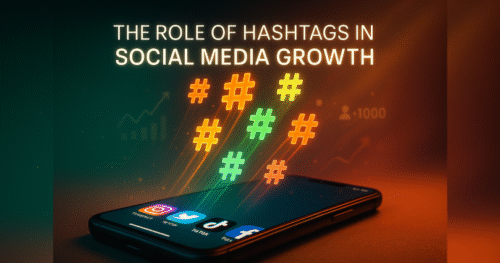In today’s fast-changing business world, your brand is more than just a logo or a catchy slogan — it’s the heart of your business. It’s how people see you, trust you, and connect with your story. For startups, strong branding can mean the difference between fast growth and complete failure. Unfortunately, many new businesses fall into common branding traps. Here are the top branding mistakes startups must avoid if they want to succeed.
1. Not Defining a Clear Brand Identity
One of the biggest mistakes new startups make is launching without a clear brand identity. Branding isn’t just about colors or fonts — it’s about knowing who you are, what you stand for, and what makes you different.
If your brand identity isn’t clear, your marketing will look confusing and disconnected. People won’t know what your business stands for.
Tip: Take time to define your mission, vision, values, tone of voice, and target audience. This will guide all your decisions and help you stay consistent.
2. Inconsistent Branding Everywhere
Consistency builds recognition. If your logo, colors, or messaging look different on your website, social media, and ads, it confuses customers and makes you look unprofessional.
Your audience should feel the same experience no matter where they see your brand — that’s what builds trust and recognition.
Tip: Create a simple brand style guide that defines how your logo, colors, fonts, and tone should be used across all platforms.
3. Skipping Market Research
Many startups skip market research and build their brand on assumptions. That’s a big mistake. Without knowing your target customers and competitors, your branding might completely miss the mark.
Good research helps you understand who your audience is, what they want, and how your competitors position themselves — giving you the power to stand out.
Tip: Do surveys, analyze competitors, and talk to potential customers. Use those insights to shape your brand’s look, tone, and message.
4. Forgetting Emotional Connection
Branding isn’t just about logic — it’s about emotion. People don’t just buy products; they buy feelings and experiences.
Brands like Apple, Nike, and Coca-Cola connect emotionally. They sell inspiration, empowerment, and joy — not just products.
Tip: Ask yourself: What emotions do I want my customers to feel when they think of my brand? Build your visuals and messages around those feelings.
5. Poor Logo and Visual Design
Your logo is often the first thing people notice about your business. Many startups either design something too complex or too cheap-looking, which hurts their credibility.
A great logo should be simple, timeless, and memorable. It should reflect your brand’s personality and look good everywhere — from your website to packaging.
Tip: Work with a professional designer and choose a clean, consistent color palette and font style that fits your brand personality.
6. No Brand Story
A brand without a story feels lifeless. People are drawn to stories — they make your brand human and relatable. Sadly, many startups fail to tell theirs.
Your story can be about how your business started, the problem you’re solving, or the mission that drives you. A good story builds authenticity and emotional loyalty.
Tip: Share your brand journey on your website and social platforms. Be open about your struggles, wins, and what you believe in. Real stories connect more than polished ads.
7. Ignoring Social Proof
In today’s world, people trust people — not just brands. Reviews, testimonials, and influencer mentions can make or break your reputation.
Ignoring social proof means missing out on one of the strongest trust-building tools out there.
Tip: Encourage happy customers to leave reviews or post about your products. Display testimonials on your website and partner with credible influencers who align with your values.
8. No Defined Brand Voice
Your brand voice is how you speak to your audience — friendly, professional, playful, or bold. If your tone changes all the time or sounds generic, people won’t remember you.
A unique and consistent voice helps people instantly recognize your brand — even without a logo.
Tip: Define your voice traits (for example: confident, warm, and helpful). Train your team to use this tone in every piece of communication — from social posts to emails.
9. Only Focusing on Quick Sales
Many startups chase short-term results — running discounts, ads, and promotions — but ignore long-term brand building. Quick sales might give you a boost, but strong brands are built on trust and loyalty, not temporary offers.
Think long-term. A brand that builds relationships will always last longer than one that just pushes sales.
Tip: Balance short-term campaigns with long-term strategies like content marketing, PR, and community engagement. These build credibility over time.
10. Not Evolving With Time
Trends, technology, and customer preferences change quickly. If your brand never evolves, it can start to feel outdated or irrelevant.
Successful brands keep their core values but refresh their visuals, tone, or marketing strategies to stay modern and relatable.
Tip: Review your branding every year or two. Listen to customer feedback and keep
Conclusion: Build a Brand That Grows With You
Avoiding these common branding mistakes can give your startup a strong, trustworthy foundation. Remember, branding isn’t just a one-time design project — it’s an ongoing journey of understanding your audience, staying consistent, and evolving over time.
A strong brand connects with hearts, not just wallets. Build yours with purpose, emotion, and clarity — and your business will stand out for all the right reasons.







